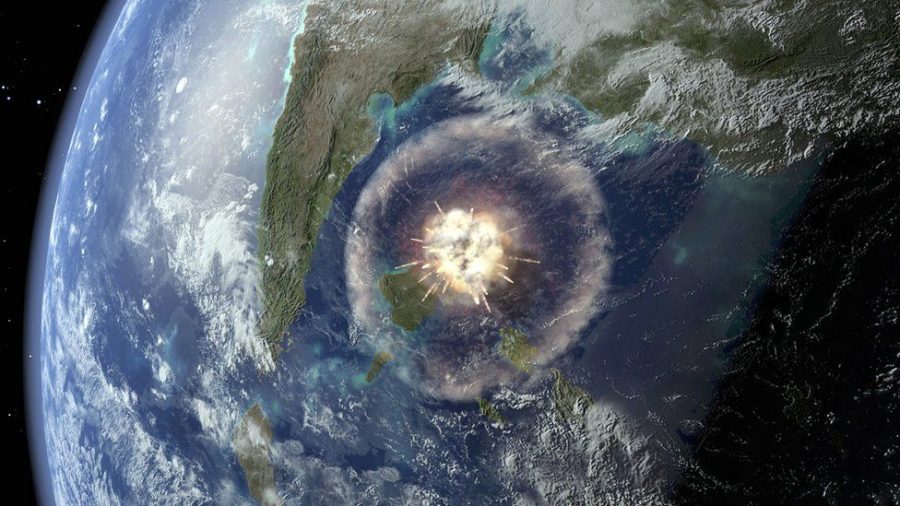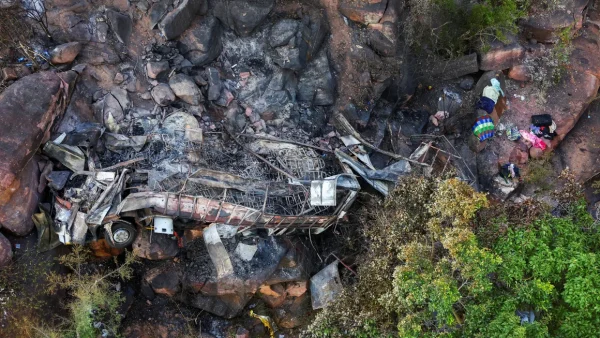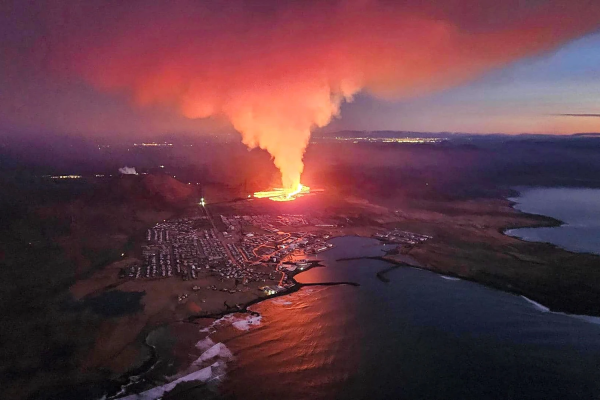The Asteroid and the Rainforests
A New Study About the Creation of the Rainforests
April 14, 2021
A new study posted in a journal by Science on April 1, 2021 details a discovery about the asteroid that wiped out the dinosaurs of the Cretaceous period. This new research suggests that the asteroid that caused the extinction of the dinosaurs paved the way to the creation of the rainforests in South America.
This study addresses two important and previously unsolvable questions states paleobotanist Peter Wilf, who was not involved in the study, in a Smithsonian article. The questions are as follows: “What happened in the tropics at the time the dinosaurs went extinct, and when did modern neotropical rainforests first appear?”
Until now, there were barely any fossil records that clearly presented “what effects the cataclysm had on the rainforests of South America,” stated the Smithsonian. They even state that there was a six-million-year gap of evolution between the impact and how far back scientists could date.
Paleobiologist Carlos Jaramillo, an author of the study, and his co-authors had to assemble an enormous database full of “fossilized pollen grains that spanned both sides of the asteroid impact and paired the pollen with a trove of new and old leaf fossils from sites in Colombia,” reported the Smithsonian. The entire project represents twelve years of effort because “because [they] had to start from zero,” stated Jaramillo in the Scientific American. Co-author Dr. Mónica Carvalho stated, “[their] team examined over 50,000 fossil pollen records and more than 6,000 leaf fossils from before and after the impact,” reported BBC.
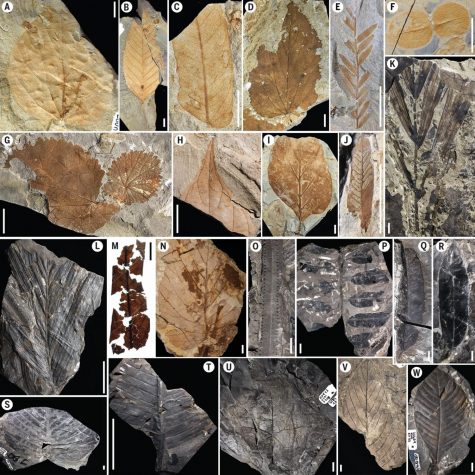
The scientists’ findings demonstrate “a sudden, cataclysmic annihilation of life after the impact—but also of a phoenix-like rebirth in the millions of years afterward,” says the Scientific American. Peter Wilf also stated that “[t]he authors demonstrate that the dinosaur extinction was also a massive reset event for neotropical ecosystems, putting their evolution on an entirely new path,” the Scientific American also reported.
According to the Scientific American, six million years after the asteroid impact, “forests to return to the level of diversity they had before the meteorite, and the species that slowly grew back were completely different than what came before.”
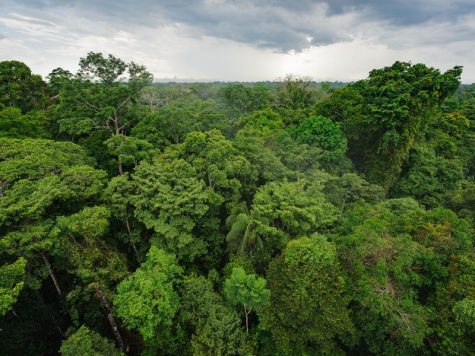
With this new information, Regan Dunn, a paleoecologist at the La Brea Tar Pits and Museum in Los Angeles, who was not involved in the new study, as reported by the Scientific American, “agrees that its findings are not only key for revealing the past but also for putting current anthropogenic threats into perspective.” She even goes as far as questioning “[h]ow will human impact change the composition and function of Amazonian forests forever?”


